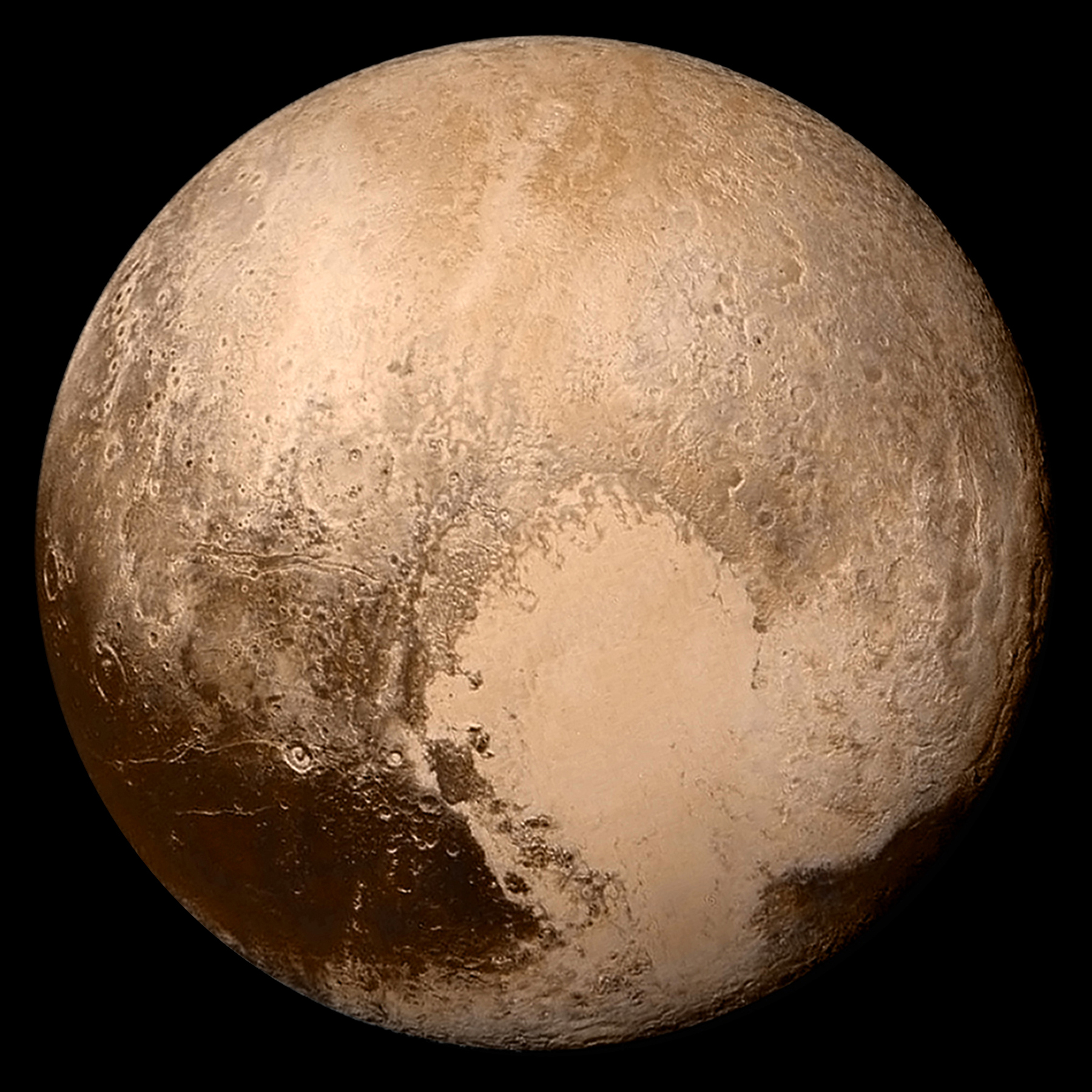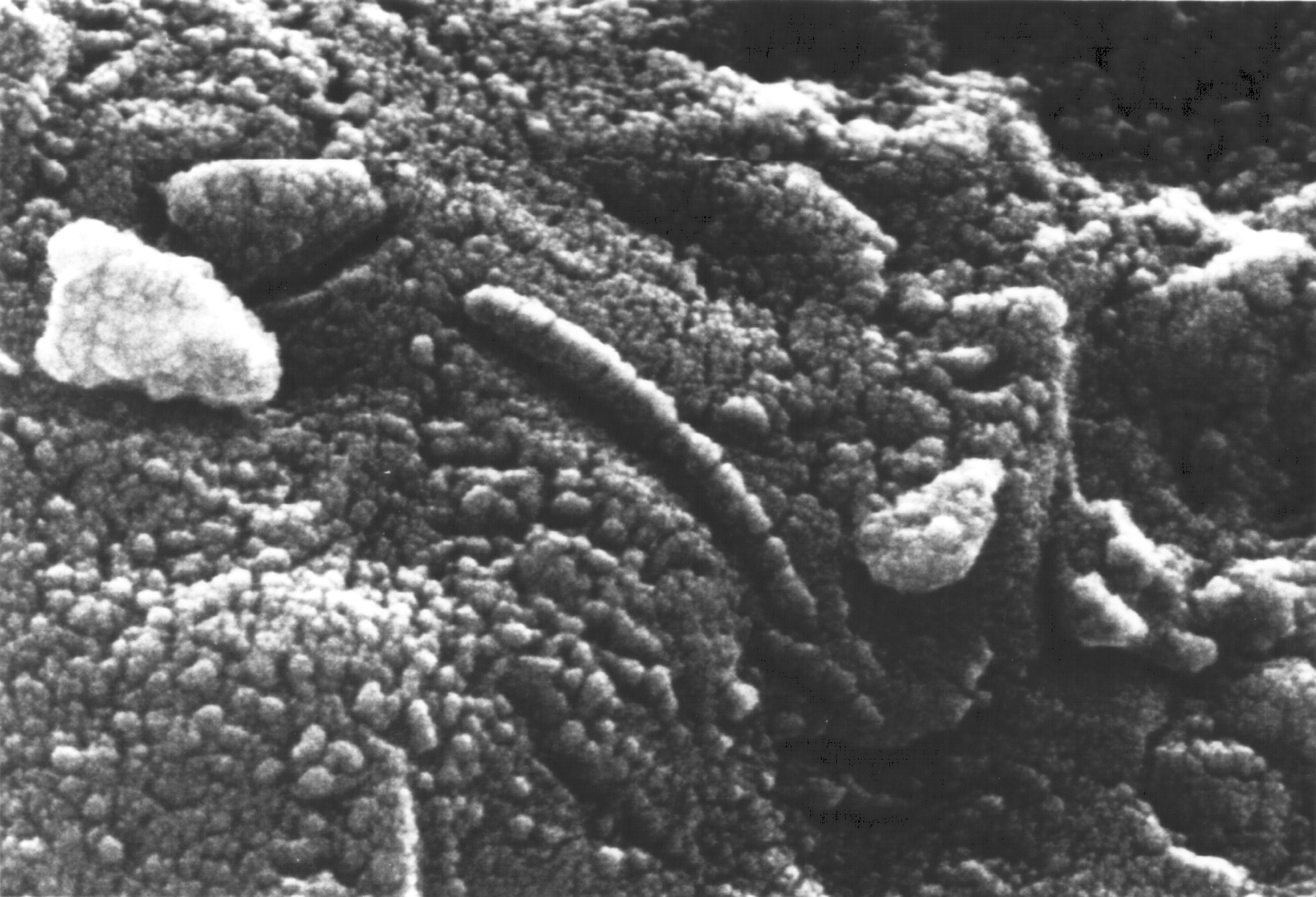5. A Charlie Brown Christmas
Yeah, yeah, this one is pretty played out. But that's why it's up at number 5. It was a tough choice between this, Rudolph, Frosty, and Santa Claus is Coming to Town. SCICTT was easily eliminated, thanks to that ridiculously 60's song you can only find on DVDs. Yeah, it's pretty bad. As for Frosty, watching Professor Hinkle run is hilarious (Couldn't find a video, but trust me), but otherwise, it really doesn't do a whole lot. So really it was a choice between Rudolph and Charlie Brown. That was the really tough choice. Obviously, I'm going with Charlie Brown. Rudolph is funny because it's, uh, kind of dated, if you know what I mean, even if it is more iconic as a Christmas show. Charlie Brown is just a better show. The funny bits are actually funny, and not just "Gee, this is funny because it's old and outdated". Plus, it's got the greatest dance of all time. You know the one. This kid. The music is all jazz, which is a nice change of pace from the usual Christmas fare. Some people may not like the overtly Christian message, but it is a departure from the standard "Gee, Christmas is great and we should all get along" message your standard secular Christmas special delivers.
Best part: Boy, are you stupid, Charlie Brown!
4. Christmas Who?
That's right, it's Spongebob time! This is the original Spongebob Christmas special, not whatever the heck this abomination is supposed to be. No, we're not talking about that one. We will never talk about that one.
So, what makes this special so good? Well, for starters, it's an episode of Spongebob from before the first Spongebob movie (I can't believe I have to say first there. Why are there two Spongebob movies now?). And Spongebob pre-2005 was almost without flaw. "Christmas Who?" is no exception. It's funny, it's Christmas-y, but it manages to deliver its message in a very Spongebob fashion. The associated song (because of course there's a song) is good, but when you watch it, it becomes very good. Then you get to the end, and Mr. Krabs does his falsetto, and all of a sudden, the song hits another level. So, if you want to watch a Spongebob Christmas special, watch this one, not the other one. I just want to make that clear.
Good part (since the best part is probably Mr. Krabs' falsetto but I already mentioned that): I feel like a...
3. A Pinky and the Brain Christmas
As a show, Pinky and the Brain doesn't get nearly as much respect as it should. It's a cartoon from the 90's, but you never hear about it. But I'm not here to argue about the merits of the series as a whole, I'm here to talk about Christmas specials, and Pinky and the Brain has one of the best.
If you know absolutely nothing about the show, the basic premise is that you've got these two genetically engineered lab mice, and they want to take over the world. They attempt this with various wacky schemes, and never succeed. Because it's a kid's comedy show. This show follows the same general formula, only it's Christmas themed, and involves Santa delivering a hypnosis-capable doll to every household on the planet. This is funnier than it sounds. Actually, the Brain (who is the one with world-domination plans) succeeds in his plan, and does actually hypnotize the world. Suffice to say, this is a Christmas show, and he does not use his power to take over the world. You can probably guess what he does tell the world to do, even without me explaining the plot. It's a very funny and unappreciated Christmas special from a funny and unappreciated TV show.
Best part (no video so here's the quote):
PINKY: Look, Brain! The reindeers are inviting elves to join them for a party at Donner’s house! BRAIN: Hm… Somehow, the idea of joining the Donner party is unappealing.
2. A Claymation Christmas Special
This was really tough. I love this special, I really do. I wanted to put it at number 1, but I just couldn't. But we'll get to that.
This is another reasonably obscure Christmas special, back from the late 80's. There's not really a plot, per se, just two claymation dinosaurs introducing a series of Christmas Carols. Yes, it's that kind of show. And yes, it is a T-Rex and a Triceratops, and yes, the T-rex's name is Rex. But he's the smart one, and the Triceratops is a dumb one who likes food. But other than pondering what exactly a wassail is, they're there to introduce the songs. There are a couple of odd ones, the rendition of "Joy to the World" especially, but the songs are mostly slightly irreverent takes on your standard Christmas carols. We've got "We Three Kings" with singing camels, "Carol of the Bells" performed by the Paris Bell-harmonic (spoiler: it's a pun), "Angels We Have Heard On High" performed through interpretive dance from a couple of ice-skating walruses, and "Rudolph the Red-nosed Reindeer" performed by the California Raisins (of course). There's also "O Christmas Tree" but that one's played straight. I always watch this one, usually on Christmas Eve, though occasionally now on Christmas day itself. It's fun, and it's very underappreciated. Go watch it.
Best part: It was a tough decision, but I had to go with the singing camels.
1. How the Grinch Stole Christmas
 Of course this is number 1. It had to be. The song alone gets it to the top five, and the rest of the show is just as good. I've only seen part of the live-action movie, but from what I've seen, it's nowhere close to being as good as the animated special. I don't have a lot more to say about this, it's not like I need to tell you about the Grinch. You know the show. You know the song. It might be old, but it's still the best Christmas anything ever made.
Of course this is number 1. It had to be. The song alone gets it to the top five, and the rest of the show is just as good. I've only seen part of the live-action movie, but from what I've seen, it's nowhere close to being as good as the animated special. I don't have a lot more to say about this, it's not like I need to tell you about the Grinch. You know the show. You know the song. It might be old, but it's still the best Christmas anything ever made.Best part: The greatest sound effect of all time.




























